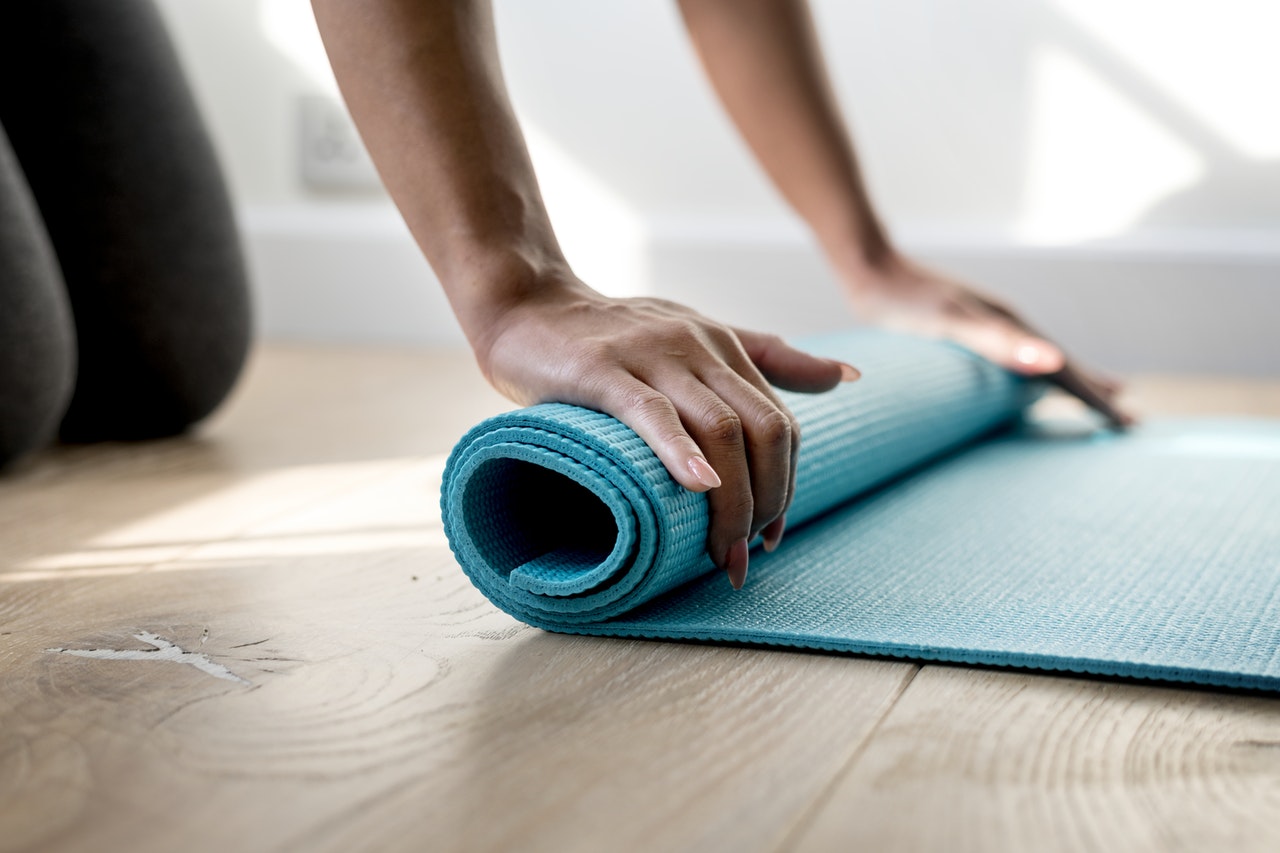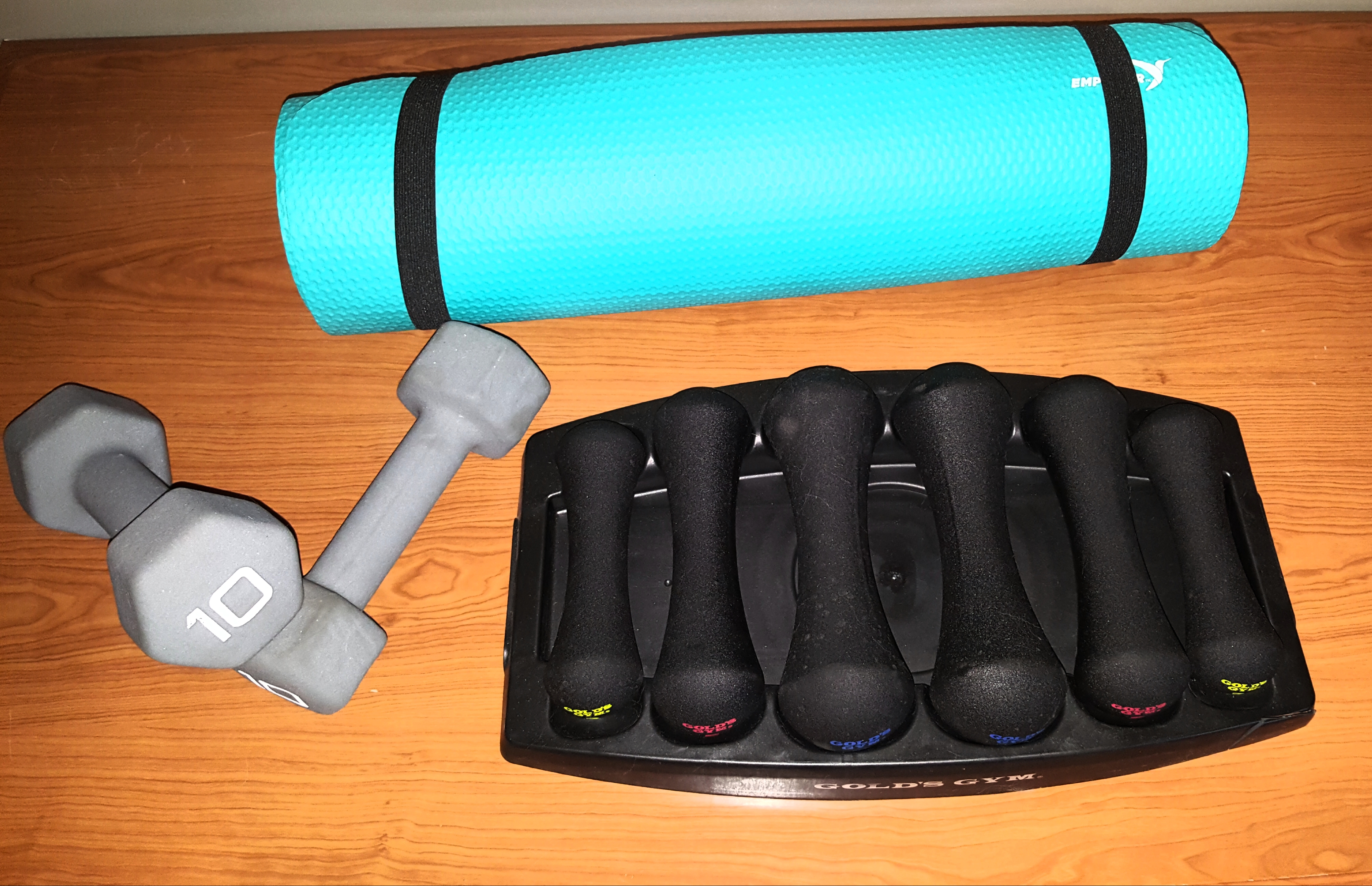
With health and wellness on the rise, more people are turning to fitness & nutrition than ever! This is WONDERFUL, but can also be a bit overwhelming. Everywhere you turn there is something “claiming” to help you lose weight, a quick fix for weight loss, or trying to sell you a “magical” supplement that melts all of the pounds away… These gimmicky products and promises are generally very unrealistic and can be dangerous to your health!
True health and fitness does not happen overnight and requires commitment and generally a lifestyle change! The good news is that habits can be formed in as little as 3 weeks! Which means you can break bad unhealthy habits and create new ones in under a month!
 It can be hard to know where to start with all of the endless information online. Knowing what is considered a reputable source can be tricky. So today I want to guide and help you figure out the best course of action when just starting out on your journey to health and fitness! 🙂
It can be hard to know where to start with all of the endless information online. Knowing what is considered a reputable source can be tricky. So today I want to guide and help you figure out the best course of action when just starting out on your journey to health and fitness! 🙂
For starters did you know that nutrition is really 80% of total body health? Generally speaking, if you want to lose weight, whether it’s a large quantity or small, it starts in the kitchen! So in general, your diet should consist of fruits, veggies, lean protein, whole grains, healthy fats & dairy. Seems simple enough right? Well, portion control plays a HUGE role in this as well. Now not everyone will require the same exact amounts of each food group, but for general terms, we’ll follow the USDA recommended diet.
Half of your plate should consist of fruits & veggies, half of all grains should be from whole grains. Fat-free or low-fat 1% milk (if you can eat dairy) otherwise, soy, rice or almond milk can be consumed. Then 15-20% lean protein. Now, this is an extremely general recommendation from the USDA. So please look into this information further if you plan on changing your diet or have health issues or sensitivities. Always consult with your doctor before changing your diet or exercise routine if you have concerns.
 As far as exercise is concerned, there are many different factors and honestly having a fitness trainer (such as myself ;)) evaluate your situation is ideal, but for this article, I will give you some basics to start with, on a very beginner level.
As far as exercise is concerned, there are many different factors and honestly having a fitness trainer (such as myself ;)) evaluate your situation is ideal, but for this article, I will give you some basics to start with, on a very beginner level.
The average healthy person should exercise 3-5 days a week with at least 1 rest day for the recovery of the muscles. If you are training for a specific event or sport 5-6 days is acceptable with 1 active rest day (usually consisting of yoga or some kind of active stretching).
You want to alternate muscle groups so you wouldn’t be exercising the same group the following day. This allows the rest and repair of the muscle fibers. Now everyone is different so even if your “fitness schedule” says that it’s leg day but your legs are still very sore you might want to focus on other muscles, especially when you first start out. The best way to test this is by stretching the muscle gently if it feels more tender than it should this is a good indicator that you should give it more time to heal.
So your schedule might look something like this:
*Within the program including HIIT (high-intensity interval training) this will activate all of the bodies energy systems so you will burn more calories. Exercising for just 30 minutes a day can make a big difference!
- Monday-Lower body/ strength
- Tuesday-Upper body/ strength
- Wednesday-Total body cardio
- Thursday-Pilates
- Friday-Rest day
- Saturday-Weather permitting outdoor cardio activity
- Sunday-Yoga/stretching
*Remember this is just a general example.
Another very important component is the warm-up and the cool-down. This prevents muscle tearing and unnecessary soreness. This can also prevent venous pooling (blood rushing to the extremities and causing dizziness)
So within your exercise regimen be sure to warm up for around 5 minutes and cool down for around the same amount of time. Warming up raises the heart rate and increases oxygen to the muscles. Cooling down stretches the warm muscles back out and returns your heart rate back to normal while helping prevent muscle soreness!
Please also remember to fuel your body before and after a workout! Drink plenty of water each day as well!
So I hope this helps and if you have any questions, please leave me a comment!



